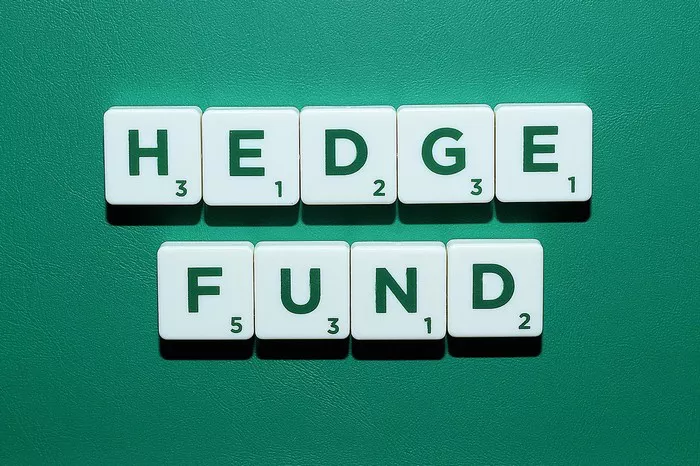In 2024, Brazilian hedge funds faced a record outflow of investor capital, with nearly 357 billion reais ($57.3 billion) pulled from the industry—more than the combined withdrawals from the previous two years. This marks the worst year for the hedge fund sector since data tracking began in 2002, as rising interest rates and deteriorating local markets fueled a second consecutive year of underperformance for the struggling industry.
The massive withdrawal comes as investors flock back to safer fixed-income assets. The Brazilian central bank raised interest rates three times in 2024 and has pledged at least two additional hikes by March, pushing borrowing costs to 14.25%. These moves have made it increasingly difficult for hedge funds to outperform basic investment instruments, such as the overnight CDI rate.
The central bank’s tightening measures are designed to contain rising inflation expectations, as concerns about Brazil’s growing budget deficit have intensified. These worries, which escalated in November, triggered a spike in swap rates and caused the Brazilian real to depreciate by 21% against the US dollar—the worst performance among emerging markets.
“There was a lot of volatility in currency, rates, and equities, making it harder for portfolio managers to generate returns,” said Cristiano Cury, a coordinator at Brazil’s capital markets association, Anbima. “It’s been a challenging cycle for the industry.”
Hedge funds tracked by Anbima’s IHFA index posted a modest 5.8% return in 2024, significantly underperforming the CDI overnight rate, which gained 10.9%. This marks the second consecutive year that hedge funds have lagged behind the benchmark. As a result, assets under management fell to $236.3 billion, the lowest level since 2021.
Ricardo Eleuterio, a director at Bradesco Asset Management, one of Brazil’s largest asset managers, described the first half of 2024 as “perhaps the second-worst for the hedge fund and equity fund industries, only behind the 2008 financial crisis.” The challenging conditions have added to the industry’s struggle for returns.
Several hedge funds suffered from wrong-way bets on interest rates, both in Brazil and abroad, which significantly impacted performance. Vinland Capital, for example, saw its flagship fund lose 6 percentage points due to global fixed-income positions, with another 0.8 percentage point lost on Brazilian rate positions.
Other prominent firms, including Ibiuna Investimentos, Kapitalo Investimentos, and Legacy Capital, also experienced setbacks due to poor rate-related bets. Verde Asset Management reported similar challenges, noting that losses from positions benefiting from lower local rates in the first half of the year played a crucial role in its fund’s underperformance. However, the firm managed to recover some of these losses in the latter half of 2024.
As Brazil’s hedge fund industry continues to grapple with challenging market conditions, investor sentiment remains cautious, with many turning to safer assets amid the ongoing volatility.
Related topics:
Why Mutual Funds Invest in Treps
What Are the Pros and Cons of a Mutual Fund


